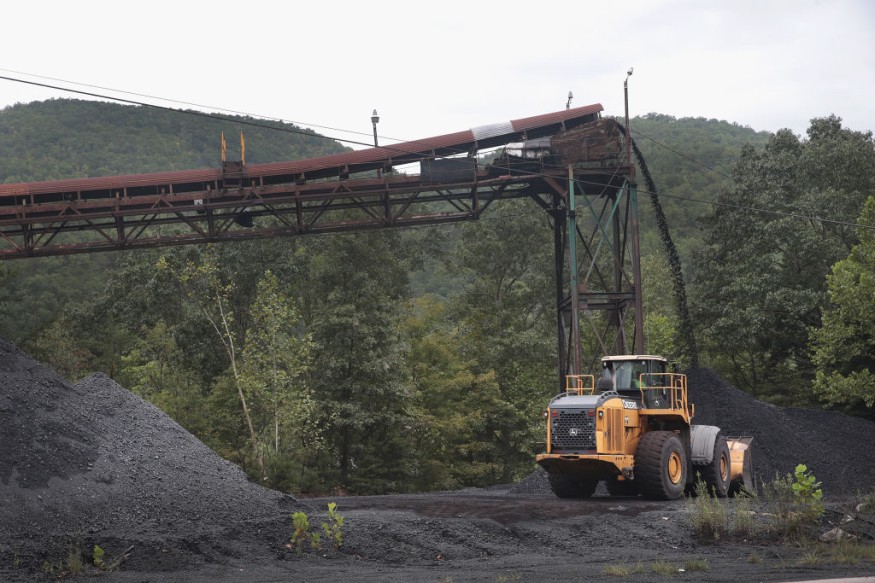Strip mining has reportedly worsened the deadly Kentucky flooding in late July, according to US mining authorities.
Latest reports this week indicated that former mining regulators blame the said mining activity, which transpired prior to the heavy rain-triggered catastrophic flooding in Eastern Kentucky.
The regulators are calling for an investigation, urging state and federal authorities to take action and determine the role strip mining has played when it comes to setting conditions that favor the rapid accumulation of floodwaters and weakening of the landscape during the thunderstorm-induced torrential rain in the mountainous region of the Appalachians.
Over a week ago, mountain flooding resulted in the overflow of water levels in inland bodies of water in Eastern Kentucky.
The natural disaster left at least 37 dead and hundreds remain unaccounted for.
In addition, the raging flood destroyed establishments and infrastructure, including homes, roads, and bridges.
The destruction forced Kentucky Governor Andy Beshear to declare a state of emergency.
In the past, both surface mining and underground mining have been blamed for increasing flood risks.
Mining sites from previous weather events have led not only to the deaths of mine workers but also served as catalysts for preventing water retention and favors rapid water runoff, especially in mountain areas.
Call for Investigation

Two former state and federal mining regulators urged the US government to conduct the investigation, as reported by Inside Climate News, a non-profit environmental organization.
The former mining officials emphasized that the strip mining has somehow altered the ground that led to the increased severity of the recent flooding.
If an area and its soil have been strip mined and the upper parts of the soil and rock have been dumped into a valley fill, the surface loses its vegetation and its ability to hold water, according to Jack Spadaro, a former mine-safety engineer, as cited by the organization.
Eastern Kentucky Flooding
USA Today cited a U.S. Army Corps of Engineers study on climate change and surface mining.
The research forecasted that an increased extreme rainfall due to global warming could affect stream flows in the Ohio River Basin, which includes the Appalachian coal country.
The US media outlet also mentioned the housing patterns in Eastern Kentucky contributed to the area's vulnerability to the flooding.
A number of residences have been reported to be scattered along roadways adjacent to creed situated under steep hillsides.
What is Strip Mining?
The statewide organization Kentuckians for the Commonwealth (KTFC) claimed that the Appalachian Mountains have been affected by mountaintop removal, strip mining, and its associated valley fills, creating inconducive living conditions for residents in nearby communities.
Strip mining, as part of above-ground mining, is a mineral-extraction process of removing Earth's overburden, a layer of unnecessary material.
Its main purpose is to extract material underneath the rubble.
Multiple sources have shown strip mining is utilized in coal reserves and is ideal in relatively flat, shallow coal and other deposits, as cited by Science Direct, an online research database.
© 2025 NatureWorldNews.com All rights reserved. Do not reproduce without permission.





